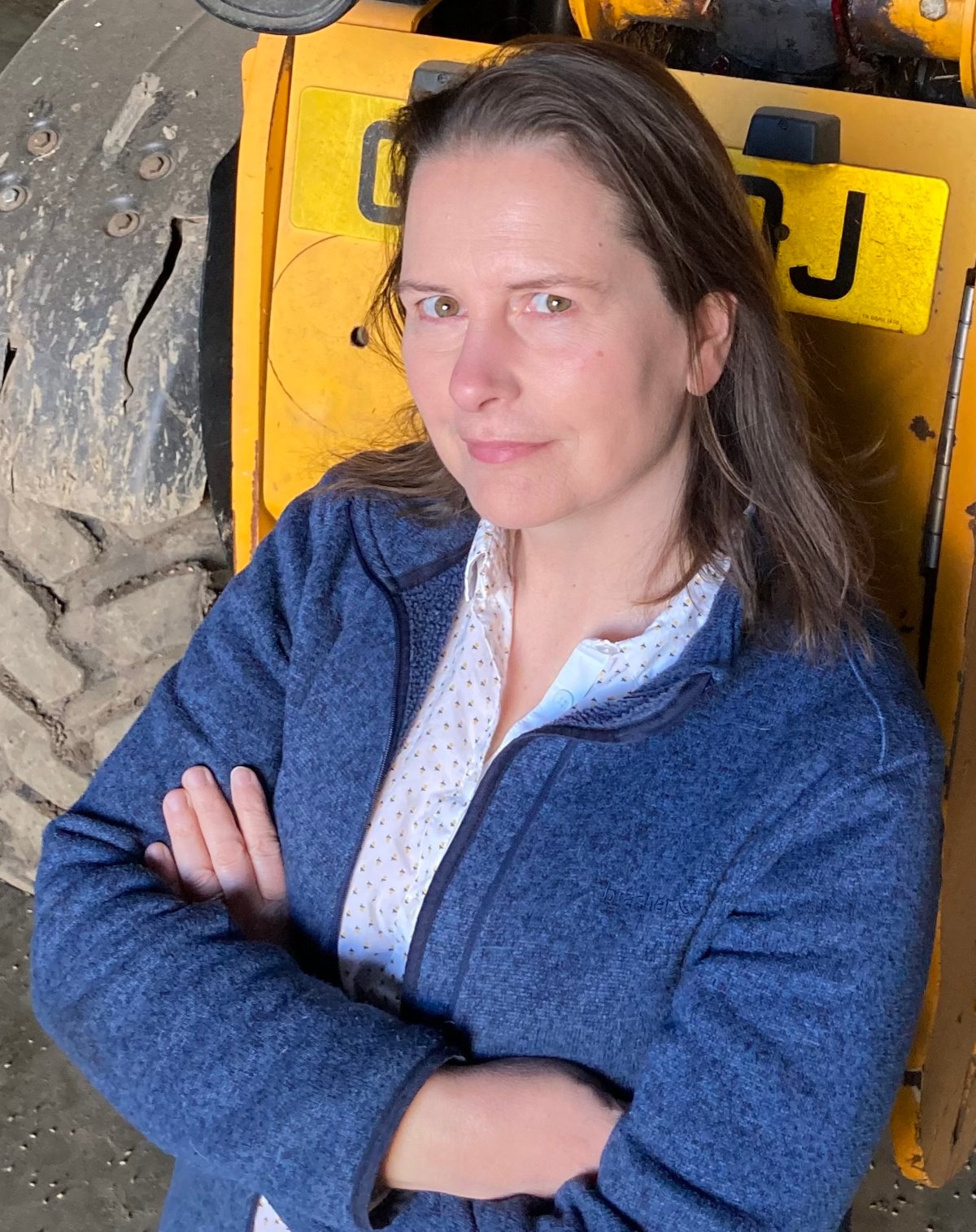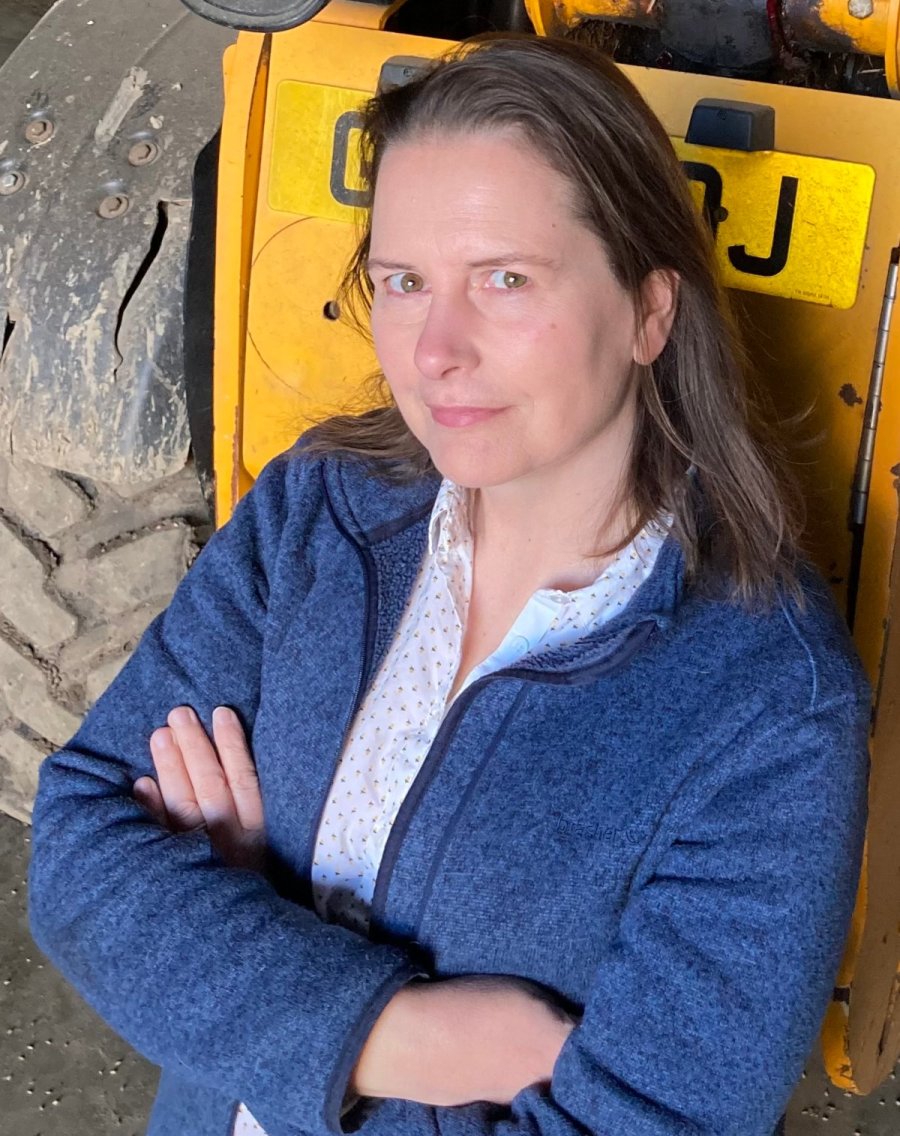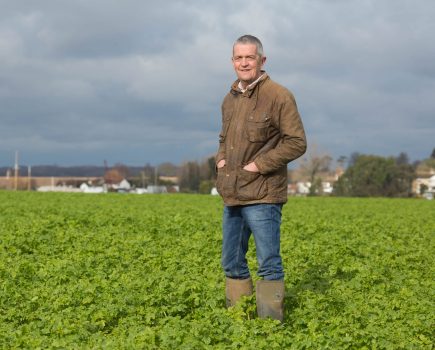 It’s the time of year we report our use of fossil fuels, electricity, and water to one of our more environmentally aware customers. As a B Corp company, it’s trying to use business as a force for good – environmentally, through sourcing from companies striving to reduce their impact and socially, through paying the proper living wage, for instance.
It’s the time of year we report our use of fossil fuels, electricity, and water to one of our more environmentally aware customers. As a B Corp company, it’s trying to use business as a force for good – environmentally, through sourcing from companies striving to reduce their impact and socially, through paying the proper living wage, for instance.
When we were first asked, I thought it wouldn’t be long until they started asking what our carbon footprint is, so when we had a chance to work it out with an advisor, we thought we’d give it a go.
We were quite pleased with our results, though with the damp harvest last summer I’m pretty sure we won’t be able to repeat the performance this year – the grain drier being the hero of harvest 21 but the villain for energy consumption. The biggest emissions from arable agriculture tend to be associated with nitrogen fertilisers. Being regenerative, we don’t use as much as some farms, so we immediately get a good start.
Our clay soil in the Weald, that bit between the North and South Downs in Kent, helps us grow milling wheat and with some clever agronomy we achieve some good protein levels, even in that shocking summer last year.
We mill a little of our wheat on our farm using a stone mill and sell it to local artisan bakers – it’s been a long apprenticeship learning how to use it. On a cold morning, there are minute adjustments to be made as expansion and humidity affect the mill’s performance. If we change the wheat to a new batch, we warn our bakers that they will have to adjust their recipes. Will it be a little more water? Or a longer proving time?
Our bakers are generally happy to experiment to get that local provenance, but new bakers always fall into two camps. Once they’ve had half a sack as a sample, camp one start asking for higher protein or finer bran particles. Some tell me they only use Canadian. Camp two tell me whatever I produce, they’ll find a way to make a lovely loaf. Their skill and our provenance will sell that loaf.
Much as I’d like more of our wheat to end up in great tasting, premium, crusty, holey loaves, the Chorleywood process of making bread has been going on for over 60 years, and it has certainly played a major role in feeding the nation.
Initially developed so that more low protein British wheat could be used in bread making, the process often relies on all sort of additives and tricks to speed things up and increase factory throughput. It’s been criticised not only for creating a pretty poor version of the noble loaf of bread, but also its poor nutritional value – sometimes high in salt, sugar and unfamiliar ingredients. The Real Bread Campaign says real bread contains only flour, water, yeast and salt and we tend to agree.
The carbon emissions of a loaf of bread were the subject of a refreshingly accurate Nature Plant article in 2017 – no averages of averages here – which said each loaf was responsible for about 500g of CO2e, and fertiliser accounts for around 40% of that.
With 12 million loaves being produced in the UK everyday, that’s about 6000t of CO2e. Reducing N applications by 50kg/ha will reduce wheat protein by about 1%. And with the current price of fertiliser, the environmental cost of this very widely consumed bread, and an increase in diet related health problems, maybe it’s time for a rethink and develop a greener, healthier Chorleywood loaf.
We’ll never persuade people to move away from a sliced loaf – it accounts for around 80% of the bread eaten in the UK – it’s convenient and a staple in most households. But I’m sure the process has been tweaked and adjusted since 1961. So maybe we just need to tear it up and start again.
A process which is able to use lower protein wheat might take longer and require larger factories. Or maybe we could do with wheat varieties with a thinner coat of bran. Alternatively maybe there could be a shift in consumer expectations – for instance, our new loaf might have a different crumb or flavour that needs to be tested and perfected. And it will surely require some great marketing if it’s not quite as squishy as the sliced loaf that’s so popular but instead has great green credentials.
Perhaps it’s time our big bakers got out of camp one and into camp two. It certainly seems like the right time for a new green Chorleywood loaf.
Claire Eckley is a partner in her husband Guy’s family farm, operating across 500ha of regenerative arable land in the Weald of Kent. As well as selling commodity crops, the Eckleys process on-farm to add value and market oil and flour under their Pure Kent brand. @PureKent




